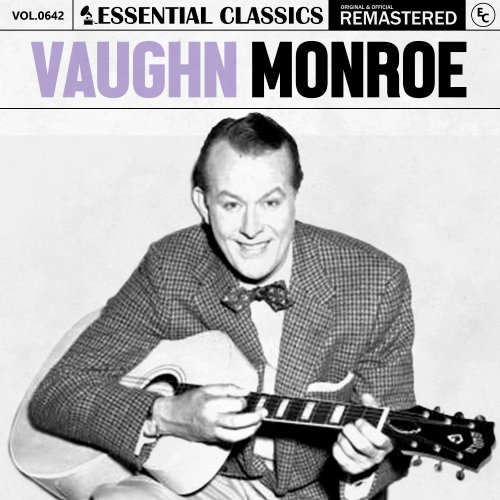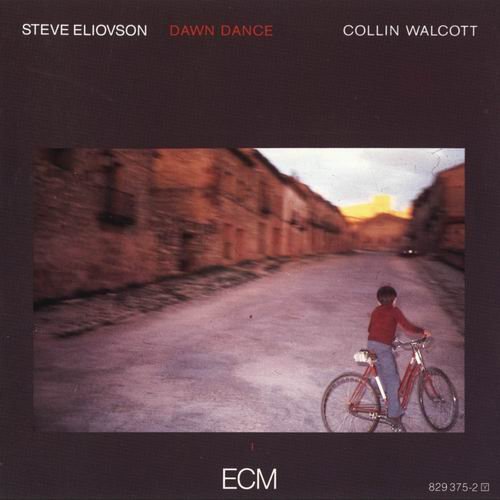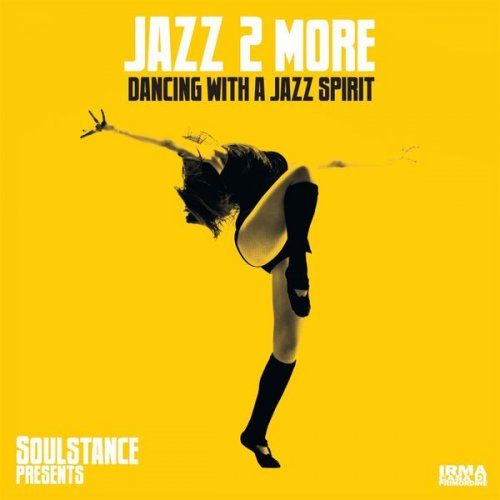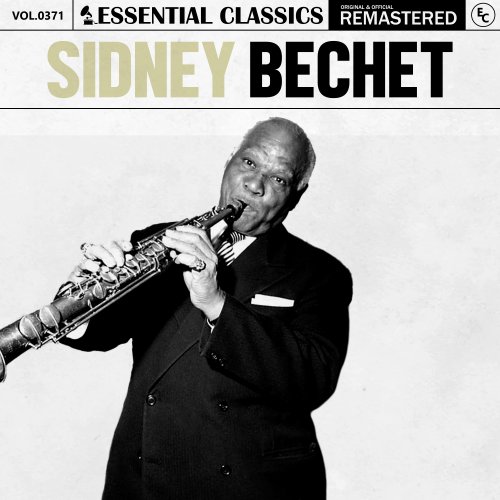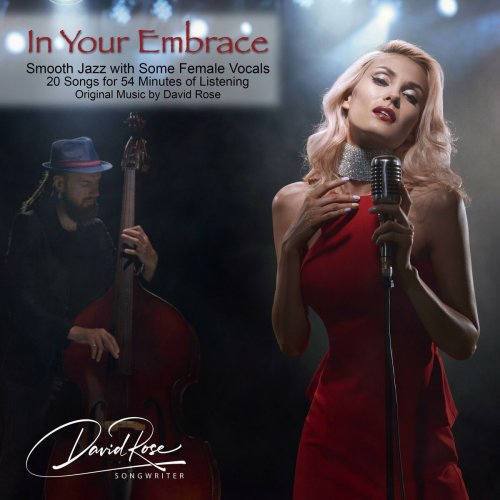Matthew Shipp Chamber Ensemble - The Gospel According to Matthew & Michael (2015)

Artist: Matthew Shipp Chamber Ensemble
Title Of Album: The Gospel According to Matthew & Michael
Year Of Release: 2015
Label: Relative Pitch
Genre: Jazz
Quality: 320Kbps
Total Time: 60:36 min
Total Size: 139 MB
WebSite:
Tracklist:
1. Chapter 1 4:22
2. Chapter 2 2:03
3. Chapter 3 2:24
4. Chapter 4 4:33
5. Chapter 5 2:20
6. Chapter 6 3:57
7. Chapter 7 2:35
8. Chapter 8 6:57
9. Chapter 9 3:02
10. Chapter 10 2:36
11. Chapter 11 5:55
12. Chapter 12 3:00
13. Chapter 13 4:02
14. Chapter 14 8:16
15. Chapter 15 4:40
Personnel:
Matthew Shipp, piano
Michael Bisio, bass
Mat Maneri, viola
"Made possible by a grant from the Robert D. Bielecki Foundation, Matthew Shipp’s second led album of 2015 is a showcase for his Chamber Ensemble. The Gospel According To Matthew and Michael (April 7, 2015 Relative Pitch Records) was not rendered by a string quartet playing strictly charted music that most people immediately think of when the word “chamber” is made in reference to music; Shipp’s Chamber Ensemble is actually a trio of an unusual sort: joining him on piano is his longtime sidekick on bass Michael Bisio, along with Mat Maneri on viola.
Maneri is a rare bird who plays a viola primarily in jazz and avant-garde settings and even if there were many other viola players in his field, I’m pretty certain that none of them would resemble his way of playing. Maneri is a violist who thinks like a saxophonist, probably a result of having the late, great Joe Maneri for a father. That tendency became readily apparent on last year’s brilliant improvisational duet with altoist Ivo Perelman, Two Men Walking. However, the younger Maneri is very capable within any setting where impulse is central to the art. That would be especially true among guys who do this kind of stuff in their sleep. Like, say, Matthew Shipp and Michael Bisio.
But back to this “chamber” music designation. All three are well versed in that style as they are in jazz. The Chamber Ensemble is where these two backgrounds come together, and as Maneri plays an instrument more commonly linked to classical than it is for jazz, his contribution is the crucial component that offers clarity to this link. This is very instinctual music from very instinctual souls, who can balance playing in the moment with playing with tact and grace.
It’s true that chamber jazz is hardly a new concept, but requires a lot of telepathy to pull off convincingly in an improvised setting, and that’s just what is displayed right off on the dark toned “Chapter 1.” Bisio is just as apt to bow his string as pluck them and when he does, as on “Chapter 4,” he acts as an effective low-end counterpoint to Maneri, while Shipp very subtly provides direction from the background.
Though this configuration lends itself better for airy textures, dense footprints occasionally arise as it does for a time during “Chapter 6.” The roles aren’t strictly defined by the instrument; both Maneri and Bisio play percussion on them (“Chapter 9″), and “Chapter 11″ trades in the chamber feeling for a blues one.
While Shipp leads this project, he generously cedes space to his cohorts. “Chapter 3″ is a solo showcase for Bisio and his fleet-fingered technique, as is “Chapter 7.” Maneri gets his own a cappella performance for “Chapter 5″ and “Chapter 15,” and the two comprise a duet for “Chapter 10,” where they combine for an insistent repeating figure, a sort organic minimalism.
Each “chapter,” in fact, explores a different idea intended to exploit the possibilities that can be wrung from a piano, viola and double bass, or some combination thereof. The musicianship gets the concept off the ground, but it’s the bottomless imaginations of Shipp, Maneri and Bisio that make The Gospel According To Matthew and Michael fly."
Maneri is a rare bird who plays a viola primarily in jazz and avant-garde settings and even if there were many other viola players in his field, I’m pretty certain that none of them would resemble his way of playing. Maneri is a violist who thinks like a saxophonist, probably a result of having the late, great Joe Maneri for a father. That tendency became readily apparent on last year’s brilliant improvisational duet with altoist Ivo Perelman, Two Men Walking. However, the younger Maneri is very capable within any setting where impulse is central to the art. That would be especially true among guys who do this kind of stuff in their sleep. Like, say, Matthew Shipp and Michael Bisio.
But back to this “chamber” music designation. All three are well versed in that style as they are in jazz. The Chamber Ensemble is where these two backgrounds come together, and as Maneri plays an instrument more commonly linked to classical than it is for jazz, his contribution is the crucial component that offers clarity to this link. This is very instinctual music from very instinctual souls, who can balance playing in the moment with playing with tact and grace.
It’s true that chamber jazz is hardly a new concept, but requires a lot of telepathy to pull off convincingly in an improvised setting, and that’s just what is displayed right off on the dark toned “Chapter 1.” Bisio is just as apt to bow his string as pluck them and when he does, as on “Chapter 4,” he acts as an effective low-end counterpoint to Maneri, while Shipp very subtly provides direction from the background.
Though this configuration lends itself better for airy textures, dense footprints occasionally arise as it does for a time during “Chapter 6.” The roles aren’t strictly defined by the instrument; both Maneri and Bisio play percussion on them (“Chapter 9″), and “Chapter 11″ trades in the chamber feeling for a blues one.
While Shipp leads this project, he generously cedes space to his cohorts. “Chapter 3″ is a solo showcase for Bisio and his fleet-fingered technique, as is “Chapter 7.” Maneri gets his own a cappella performance for “Chapter 5″ and “Chapter 15,” and the two comprise a duet for “Chapter 10,” where they combine for an insistent repeating figure, a sort organic minimalism.
Each “chapter,” in fact, explores a different idea intended to exploit the possibilities that can be wrung from a piano, viola and double bass, or some combination thereof. The musicianship gets the concept off the ground, but it’s the bottomless imaginations of Shipp, Maneri and Bisio that make The Gospel According To Matthew and Michael fly."
or
or
![Martin salemi - Daylight (2024) [Hi-Res] Martin salemi - Daylight (2024) [Hi-Res]](https://www.dibpic.com/uploads/posts/2024-11/1732272868_ayjirzaimdzlc_600.jpg)

